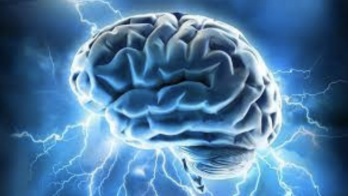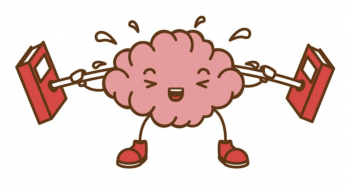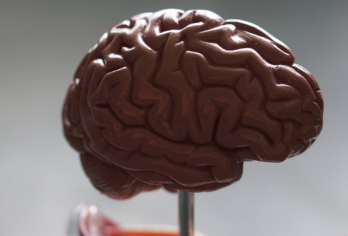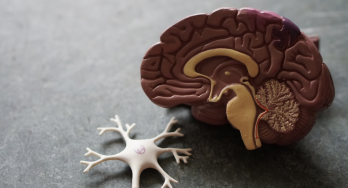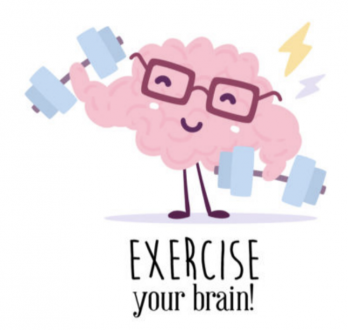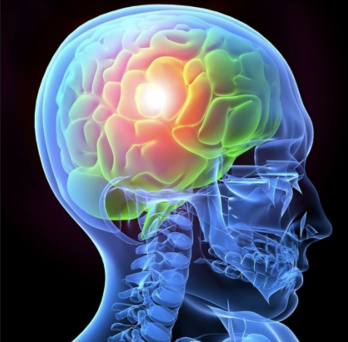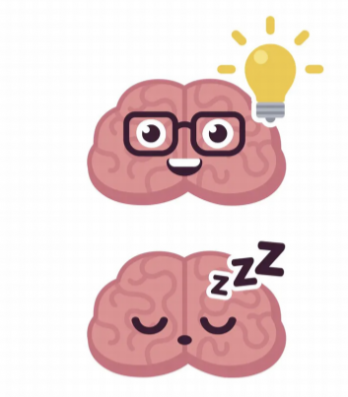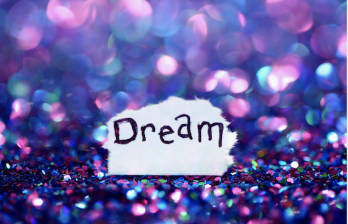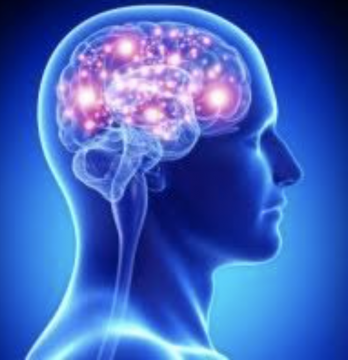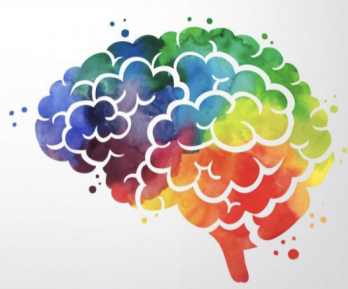As absurd as this may sound to some, humans have all felt the connection between good or bad weather, and the brain. Weather can influence one’s productivity, mood, and feelings. Most people feel joy and comparatively more productive when the sun is shining brightly, compared to a dark, stormy day. Memory and cognitive functions of your brain have actually been declined in hotter climates when compared to regular weather that our bodies are used to. Studies state, “The decline was most pronounced for attention, concentration, verbal memory, and psychomotor performance.” In addition, a clear connection that many may be able to relate to is photography/art. If someone were to create a piece of art that they desire to give off a gloomy, depressing mood, they would naturally add darker colors like gray to produce a negative vibe. On the other hand, sunshine, rainbows, and bright skies usually indicate a happier mood, as your brain works to function these emotions from the artwork, photography, or simply reality : the weather. But how would this work?
The reason why the human brain can take in so much information so quickly (such as weather, mood of an artwork, mood of another human) is because of a specific hormone in your brain. This hormone is called serotonin. Serotonin is the key hormone that secures your mood, emotions, and feelings of happiness, safety, and well-being. This hormone can affect the entire human body, as it allows brain cells and neurons to communicate properly with each other.
Also known as the ‘happy chemical’, serotonin also may help prevent depression or any other mood/mental disorders. As an extremely necessary and effective hormone, serotonin is also associated with mood elevation, with the weather. Whenever the weather is comparatively better, with bright skies and a warm sun, the serotonin reacts to the bright light from the weather. Just like a parabola in math, the serotonin rises with exposure to light on sunny days. Likewise, it also falls with decreased sun exposure. Therefore, your happiness and overall brain health actually relates to the sun exposure, with the help of your serotonin of course!
Author: Vinuta Ramakrishnan
